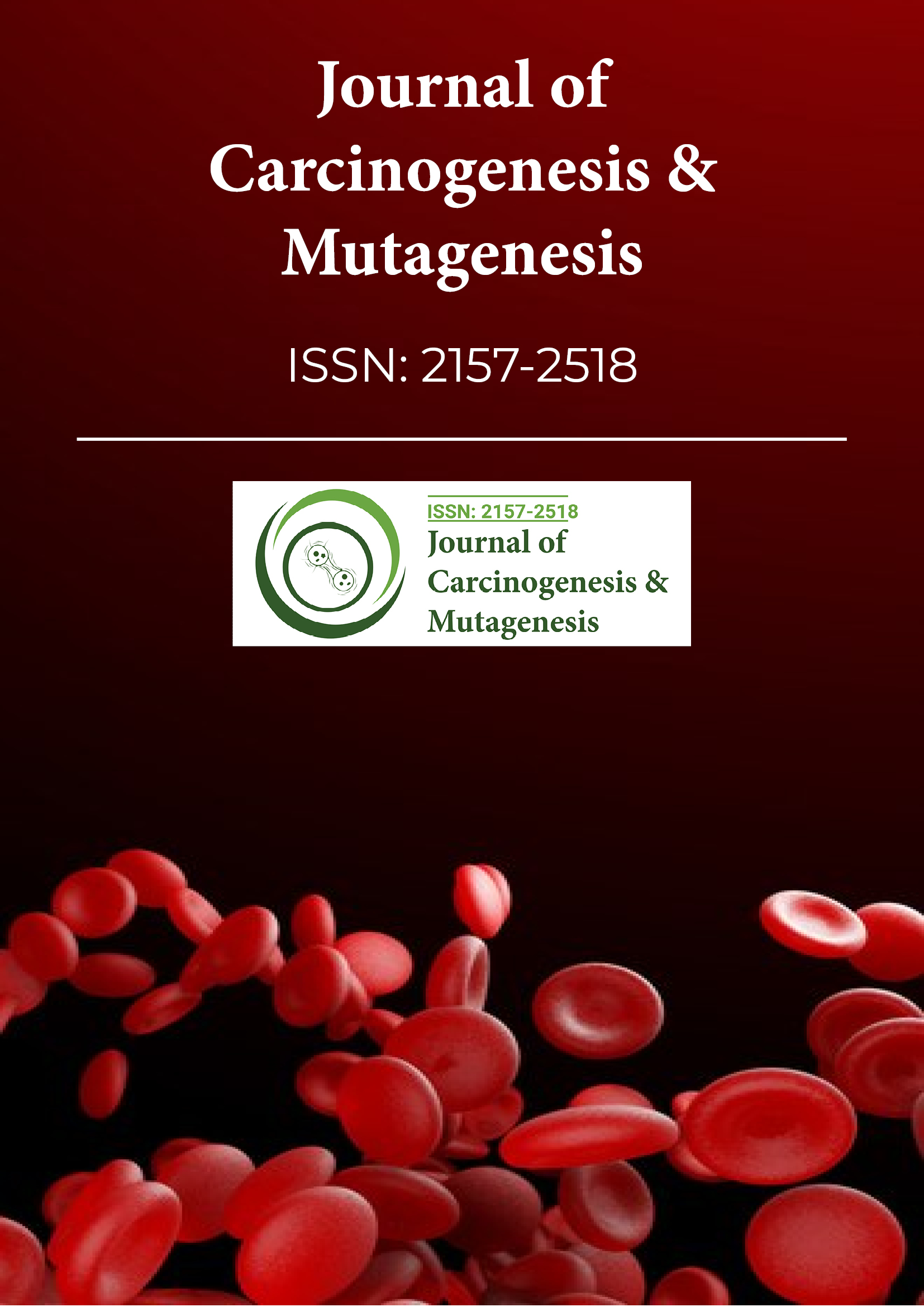Indexado em
- Abra o Portão J
- Genamics JournalSeek
- JournalTOCs
- Diretório de Periódicos de Ulrich
- RefSeek
- Universidade de Hamdard
- EBSCO AZ
- OCLC- WorldCat
- publons
- Fundação de Genebra para Educação e Pesquisa Médica
- Euro Pub
- Google Scholar
Links Úteis
Compartilhe esta página
Folheto de jornal

Periódicos de Acesso Aberto
- Agro e Aquicultura
- Alimentos e Nutrição
- Bioinformática e Biologia de Sistemas
- Bioquímica
- Ciência de materiais
- Ciencias ambientais
- Ciências Clínicas
- Ciências Farmacêuticas
- Ciências gerais
- Ciências Médicas
- Cuidados de enfermagem e saúde
- Engenharia
- Genética e Biologia Molecular
- Gestão de negócios
- Imunologia e Microbiologia
- Neurociência e Psicologia
- Química
Abstrato
Use of E18 Cell Model to Quantify DNA Strand Break Associated Bystander Effect (DSB-ABE)
Jalal Nasir
The lymphoblast cell line E18 is a derivative of TK6 and has an I-Sce1 insert in the intron 2 of heterozygous TK1/ tk1 gene. E18 can be targeted with I-Sce1 restriction endonuclease to induce double strand breaks at the I-Sce1 site to measure radiation independent DNA damage and the associated bystander effect. For construction of E18 cell line an Eco47III site was inserted into the pTK-UAS linearized plasmid backbone and annealed with blunt-ended oligonucleotides of ISce1 restriction sequence in the presence of DNA ligase. DH5-α cells were transformed by heat transfecting the cells with pTK-UAS-Eco47III-Sce1 and selecting ampicillin resistant colonies. Plasmid DNA was extracted and analyzed for the presence of Eco47III and I-Sce1 sites. A clone with I-Sce site in intron 2 of the thymidine kinase active allele was selected for further experimentation and named E18. This model was tested to demonstrate the double strand break induced mutations and these strand breaks can also produce DNA strand break associated bystander effect (DSB-ABE) as measured by increased mutation frequency in naïve cells. The plasmid pAdTrackCMV I-Sce1 carrying GFP marker was electroporated in E18 cells to express the I-Sce1 restriction endonuclease which specifically targets the I-Sce1 site at intron 2 of the active TK allele. Mutation fraction assay was employed to measure direct mutation fraction (DMF) or accompanied by conditioned medium transfer to naïve cells for measuring bystander mutation fraction (BMF) as an end-point of targeting E18 with an exogenous I-Sce1 expression via pAdTrackCMV I-Sce1 to induce DNA damage and quantify DMF and BMF.